By the Moholoholo Wildlife Rehabilitation Centre Team
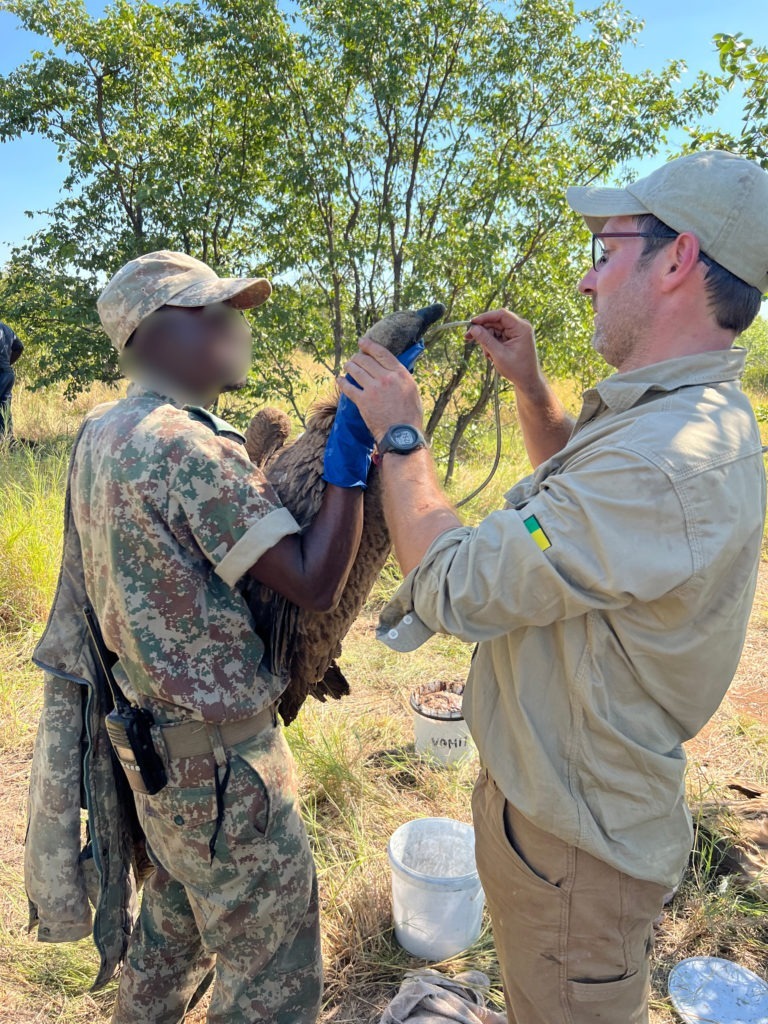
At Moholoholo Wildlife Rehabilitation Centre, we are sadly all too familiar with wildlife poisoning. But nothing prepared us for what became one of the region’s largest vulture rescue operations to date. The Endangered Wildlife Trust (EWT) alerted us to a snared and poison-laced elephant carcass deep in Kruger National Park. The tragedy claimed 123 vultures—102 White-backed, 20 Cape, and one Lappet-faced—and left 84 others in critical condition (80 White-backs, 3 Capes, 1 Hooded).
The EWT Team and Kruger rangers raced to the scene, where they were joined by our own Clinic Staff, Veterinarians from Wildscapes and Briner Veterinary Services to initiate life-saving treatment on site. SANParks and Hope for Wildlife provided aerial support in the form of helicopters that facilitated rapid transport back to Moholoholo. As updates came in, our centre prepared beyond capacity. Garages were swiftly converted into treatment wards. By 7 PM—12 hours into the rescue—four bakkies and the EWT’s vulture ambulance arrived with over 80 survivors, met by our dedicated staff and our volunteers from African Conservation Experience.
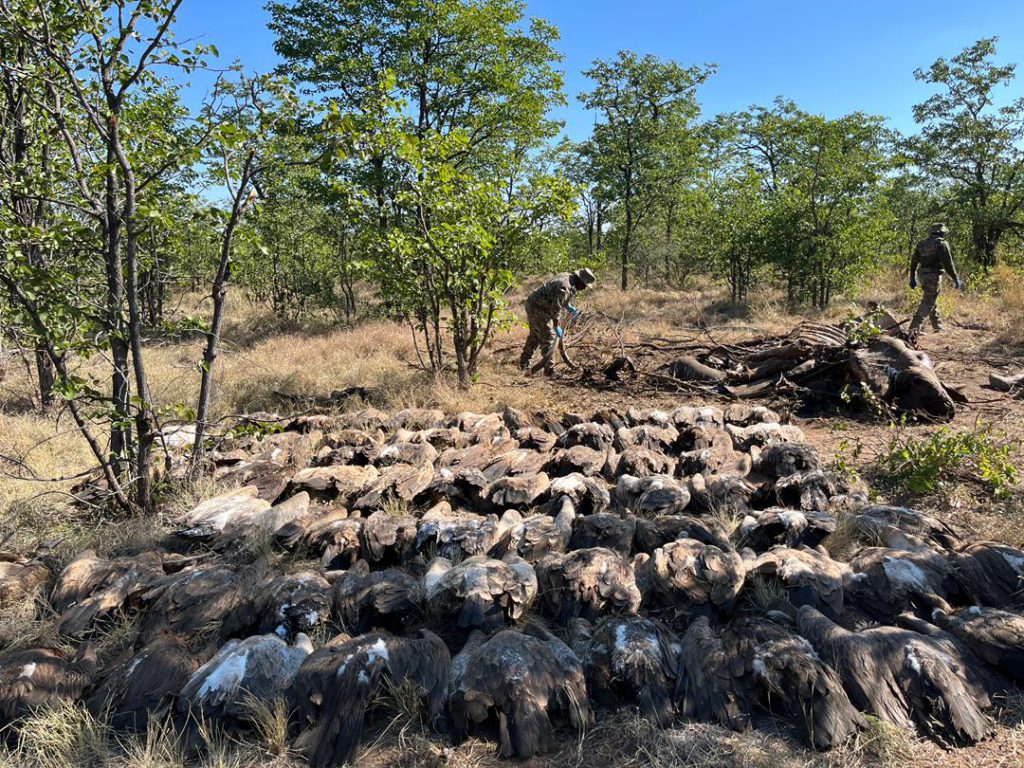
Three birds were lost: one during transit, another euthanized due to a broken pelvis, and a third from aspiration before rescue. Despite this, our poisoning treatment success remains around 96%. Treatment is most critical in the first 48 hours. The vultures had been exposed to agricultural pesticides, primarily containing carbamate and organophosphate compounds. These poisons overstimulate the nervous system, causing vomiting, diarrhea, excessive mucus production in the lungs, and breathing difficulty—often leading to suffocation if not treated quickly. Many vultures also showed facial or ocular trauma from collapsing or convulsing. Round-the-clock care and a lot of rehydration were essential to stabilize most patients.
Conscious of the breeding season, we aimed to release birds as soon as each was fit. All 81 surviving vultures were successfully rehabilitated and released. Through the EWT, 19 White-backed Vultures were fitted with satellite harnesses. Several returned to nesting sites within 48 hours – a testament to their resilience. One satellite-tracked vulture travelled a staggering 3,896 km in just over four weeks, reaching the Okavango Delta after detouring through southeast Angola—averaging 110 km per day. This extraordinary journey shows that our rehabilitation not only saves lives but also effectively prepares vultures for reintroduction and post-release success.
In just the past few years alone, Moholoholo treated and released over 230 vultures. Since the Kruger incident, the centre has responded to three further vulture poisoning events in nearby reserves. Currently, Africa is losing between 5-7% of its whole vulture population yearly due to poisoning incidents. The threat remains ever-present, and the toll on endangered populations is staggering. These birds play a vital ecological role, and every life we can save matters—not only to the species but to the integrity of the entire ecosystem.
Motivations behind vulture poisoning are complex. From our observations, poachers most often lace bait meat near snare sites with pesticides—typically carbamates or organophosphates—to kill predators that would otherwise consume snared animals. Vultures, scavenging on poisoned predators, suffer secondary poisoning. In some cases, body parts of predators or vultures are opportunistically harvested to be sold on which craft markets. Other incidents suggest deliberate lacing of poison on large carcasses of snared animals, to prevent vultures from circling overhead—avoiding detection by rangers. These overlapping motives make vultures frequent victims of human exploitation.
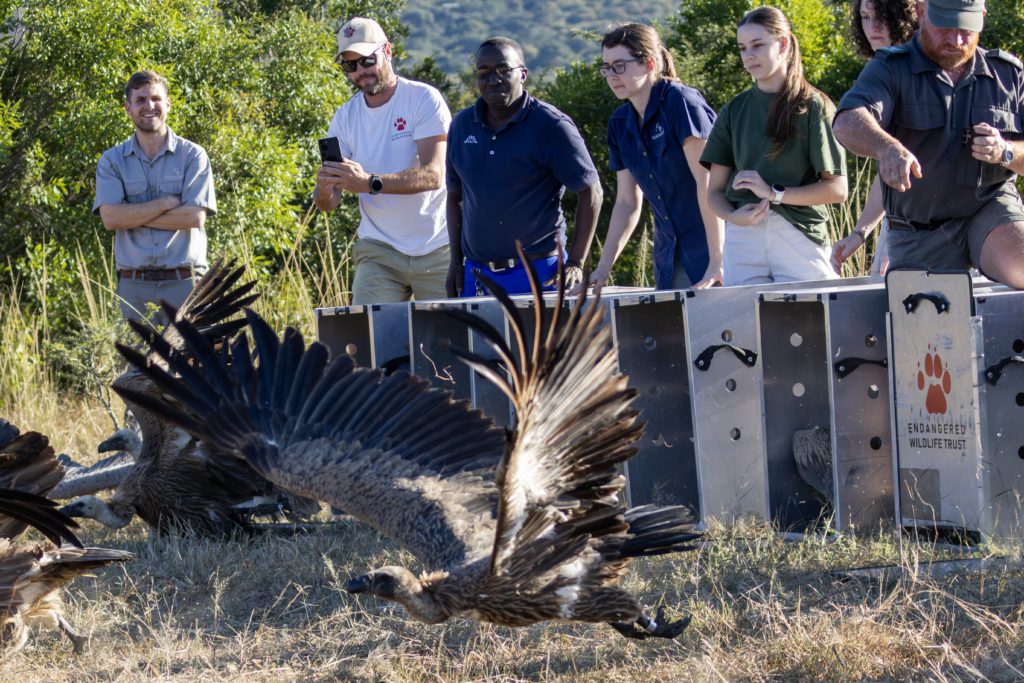
This rescue operation was only possible thanks to the relentless cooperation of EWT, SANParks, Wildscapes, Briner Veterinary Services, Hope for Wildlife and donations of all kinds. We are deeply grateful to all who supported this effort.
IWRC is pleased to partner with the Moholoholo Wildlife Rehabilitation Centre team to share this reflection on the epic response to a massive vulture poisoning event this past May. In a world where wild populations face more threats than ever before, wildlife rehabilitators serve on the front line of conservation by caring for wildlife harmed by people, educating and advocating for humane wildlife coexistence, and giving wild animals a second chance at life. But we can’t do it alone – you can make a difference! Reach out to see what support you can offer to your local wildlife rehabilitator, and consider donating or volunteering to help the IWRC continue to provide free and low cost resources to rehabilitators around the world!
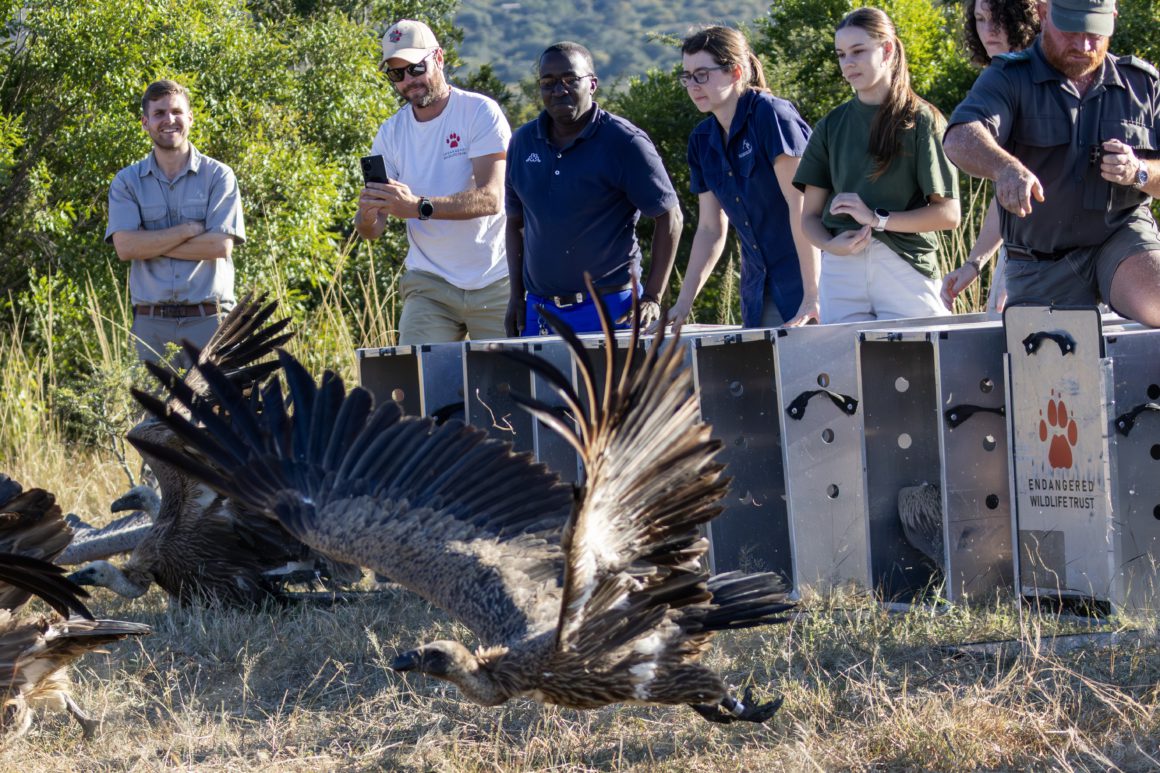
Leave a Reply
You must be logged in to post a comment.